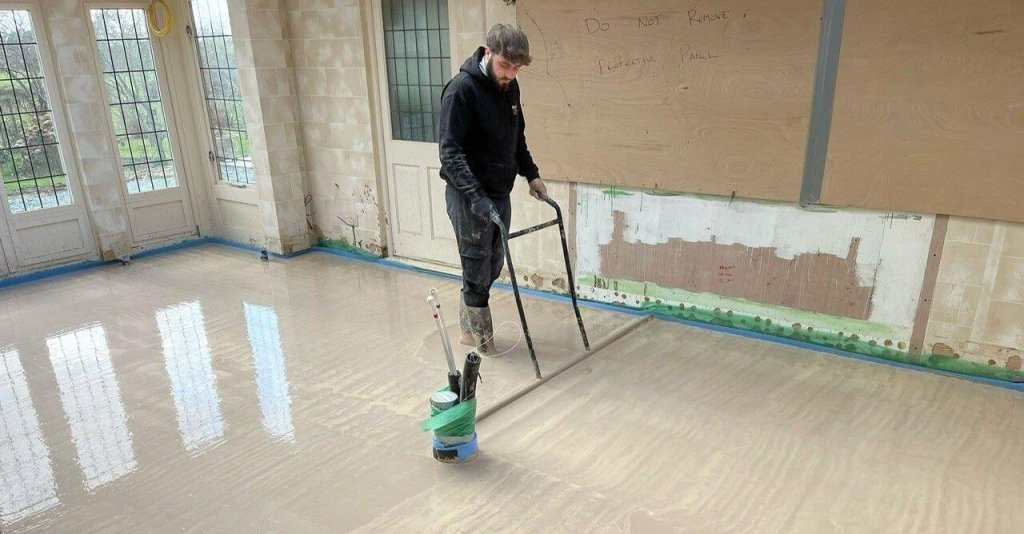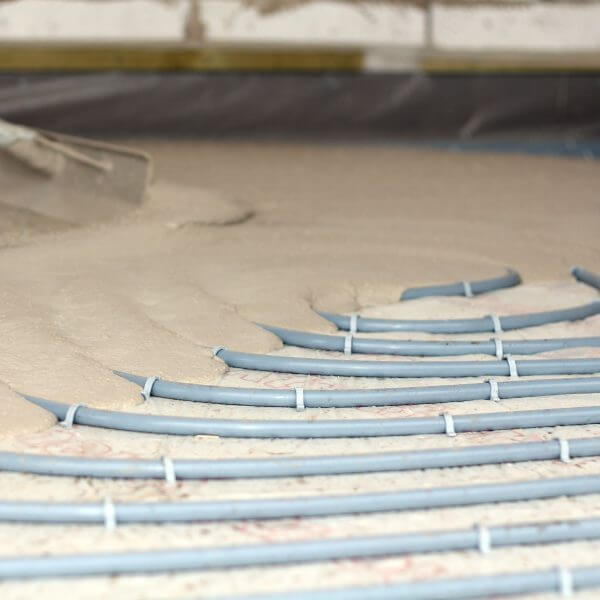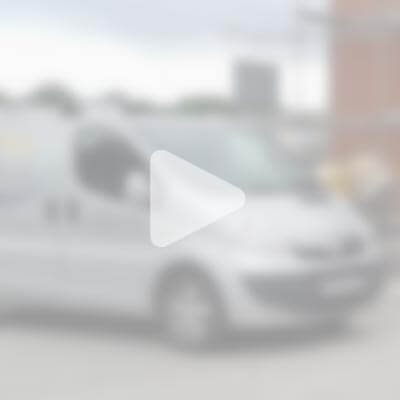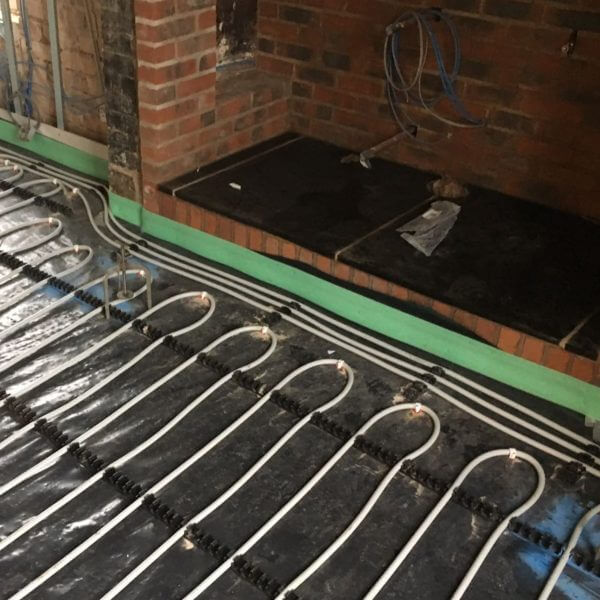Common Liquid Floor Screed Questions

As liquid floor screed is becoming more popular as a flooring solution, there are many questions surrounding using liquid screed for flooring as well as for covering underfloor heating systems.
Easyflow are market leaders in the Midlands and North West for liquid screed and underfloor heating systems and can assist you in their design, commissioning and installation. In this article, we will explore common questions related to them.
Should you be considering the installation of concrete or anhydrite screed for a commercial or domestic project, enquire with Easyflow using the online contact form on our website or give us a call.
Can You Use Floor Insulation With Liquid Screed
Yes. If you are considering floor insulation for your home or commercial project, then liquid floor screed is a highly versatile option to cover it. When used in conjunction with an underfloor heating system, you will also find that this combination is notably higher in thermal efficiency, as heat is not trapped in air pockets or allowed to easily transfer to the sub-floor.
What Type of Screed is Best?
It depends on your intended use for the floor. Anhydrite screeds are best used with an underfloor heating system, and cement-based liquid floor screeds are weather and water-resistant. Anhydrite screed has become a common option in favour of traditional sand-cement screeds due to faster installation and drying times.
Furthermore, anhydrite liquid screed is more environmentally friendly than sand cement screed, offers ergonomically friendly installation, and there is no risk of cement burns to workers. In comparison to sand cement screed’s 1.1W/mK thermal conductivity, anhydrite screed offers 2.2W/mK thermal conductivity.
Can Liquid Screed be Laid on Any Surface?
The majority of liquid screeds are designed to be laid on concrete subfloors. There are some specialist liquid floor screeds designed for use with suspended wooden floors.
How Long Before You Can Walk on Liquid Screed?
You can walk on liquid floor screed 24-48 hours after the screed has been laid. This is ideally suited for projects in which multiple tradesmen are carrying out different tasks during a project, as well as during a project in general. This ensures that work is disrupted for a minimal amount of time, especially when compared to cement-based screeds.
What is the Life Expectancy of Screed?
Depending on how much traffic the floor receives and the type of floor finish, liquid screed floors can last decades before they start to show signs of wear. Floor screed will last longer if covered with robust flooring such as tiles.
What are the Other Properties of Liquid Floor Screed?
Certain liquid screed products offer greater compressive strength as well as greater flexural strength, offering normal shrinkage and a floor that will not curl easily. You can take into consideration the various requirements for your flooring, such as the load-bearing requirements, as well as the type of finish that you will be considering in conjunction with your liquid screed floor.
What Can You Use Liquid Screed For?
It is ideally suited for almost any internal application in which an even and smooth floor surface is required. For domestic projects, it can be used for most rooms in your property, as well as for garage projects and outhouses.
For commercial premises, shop floors, leisure centres and other areas which see extensive footfall can benefit from high-strength screeds. These are compatible with a wide range of floor finishes.
As discussed, you can also use liquid screed to cover underfloor heating systems. This means that you can heat domestic premises or multiple rooms in your property and benefit from a strong, level floor. The use of anhydrite screed is highly recommended due to its better thermal efficiency.
Can I Use Liquid Screed for Higher Depths?
Yes. If you are dealing with depths over 75mm or for garage floors, then Easyflow is able to recommend the use of cement-based screed, which can be pumped and laser levelled for a precise floor finish. Topflow Horizontal’s finishing characteristics and high-quality surface finish can eliminate the need to power float concrete on site, depending on the project specification.
Does Preparation Need to be Carried Out for the Laying of Liquid Screed?
Yes, floor preparation needs to be carried out as screed requires a suitably well-prepared substrate. The screed can either be laid bonded or over a separating polythene layer (usually a 500 gauge). Preparation is key to successful installation, and if you require assistance, Easyflow can fit and supply the materials that are required to prepare your floor for liquid screed. Floor insulation, such as acoustic and thermal insulation, can be supplied and fitted if this is required. The foil backing on the insulation and the screed will need a barrier of polythene, which also acts to tank the room as the screed is so fluid. Without using polythene then a reaction may occur that affects the structural integrity of the screed.
Arrange for Liquid Screed & Underfloor Heating Installation With Easyflow
Liquid screed is the perfect solution for smooth, even flooring and can be used in a wide range of domestic, commercial and industrial project specifications. We offer a variety of concrete and anhydrite screeds from major manufacturers, and can provide a full service from floor insulation fitting to screed sanding and moisture testing. Should you be interested in finding out more about liquid screed or how you can install a liquid screed floor with Easyflow, then get in contact with our team today.




Where To Find Us